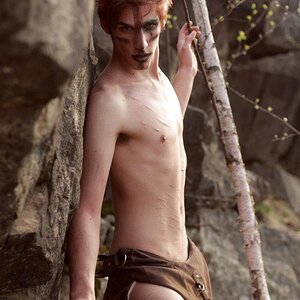Maira Parveen
TPF Noob!
- Joined
- Oct 20, 2018
- Messages
- 2
- Reaction score
- 0
- Can others edit my Photos
- Photos OK to edit
Hello Everyone,
I have Canon 1100 d camera with lenses;
- Canon 18:55 mm
- Tamron 70-300 mm
I want to do shooting of Jewellery and small objects with close-ups.
Please advice me some tips, i tried myself but pictures i got is very blur and not clear.
Thanks.
I have Canon 1100 d camera with lenses;
- Canon 18:55 mm
- Tamron 70-300 mm
I want to do shooting of Jewellery and small objects with close-ups.
Please advice me some tips, i tried myself but pictures i got is very blur and not clear.
Thanks.


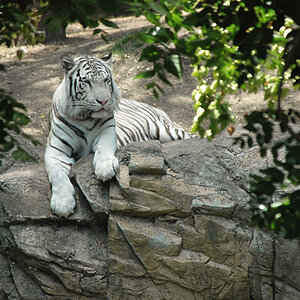
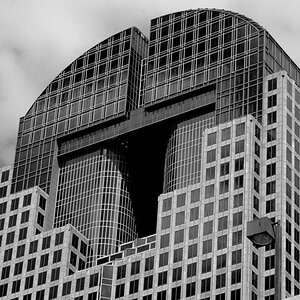
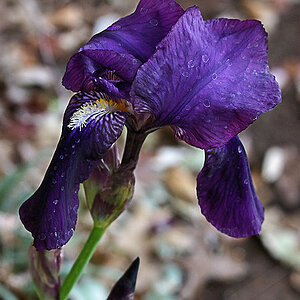
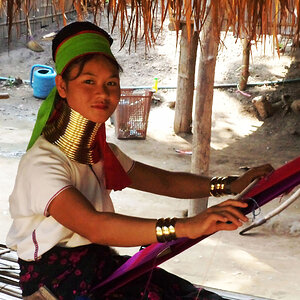

![[No title]](/data/xfmg/thumbnail/38/38737-350089c7ae87f5c983c5362b9b78b671.jpg?1619738703)
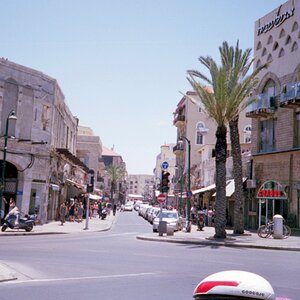
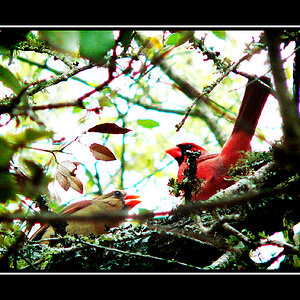
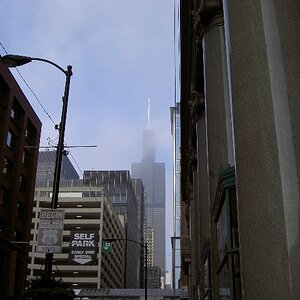
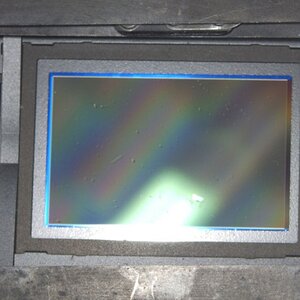
![[No title]](/data/xfmg/thumbnail/38/38741-89a8c6f9d841889783a4fae2b8c40902.jpg?1619738704)
